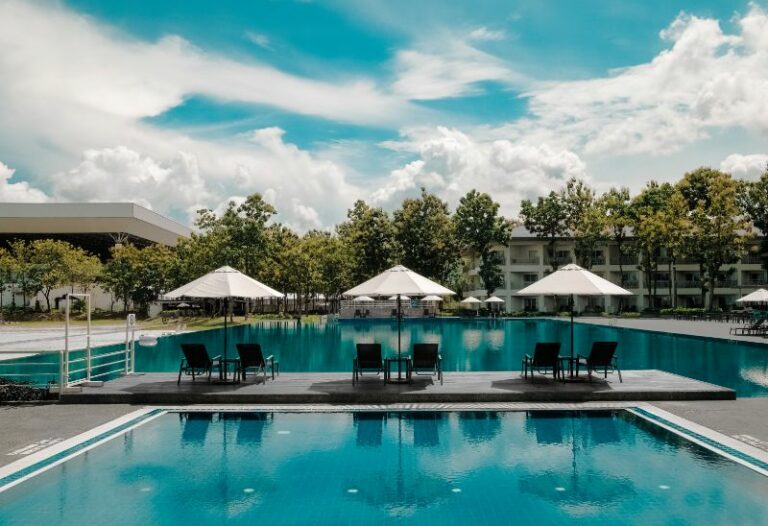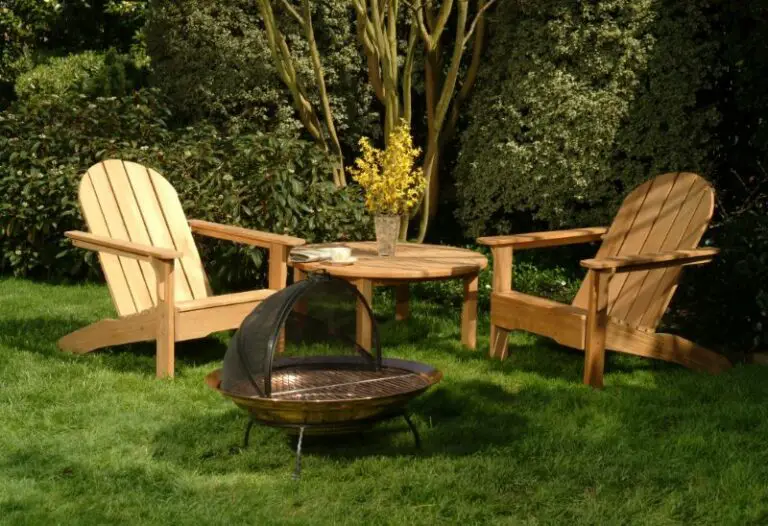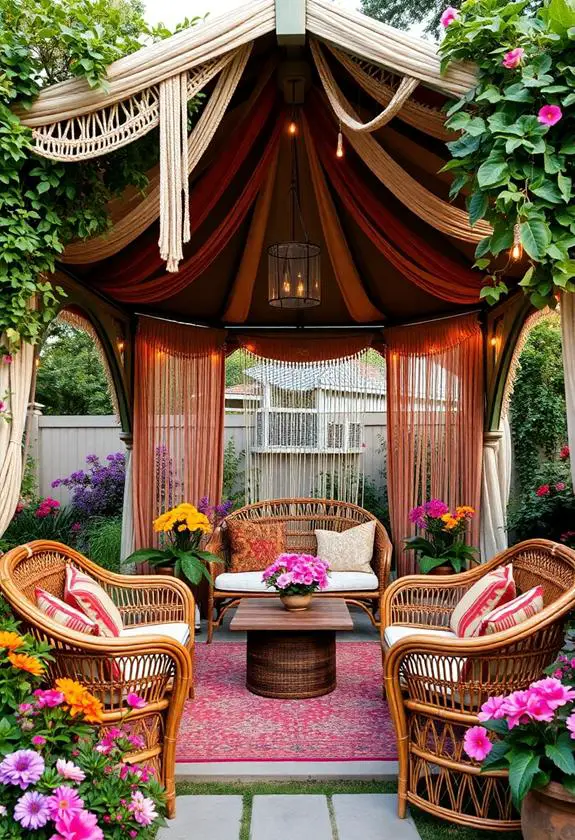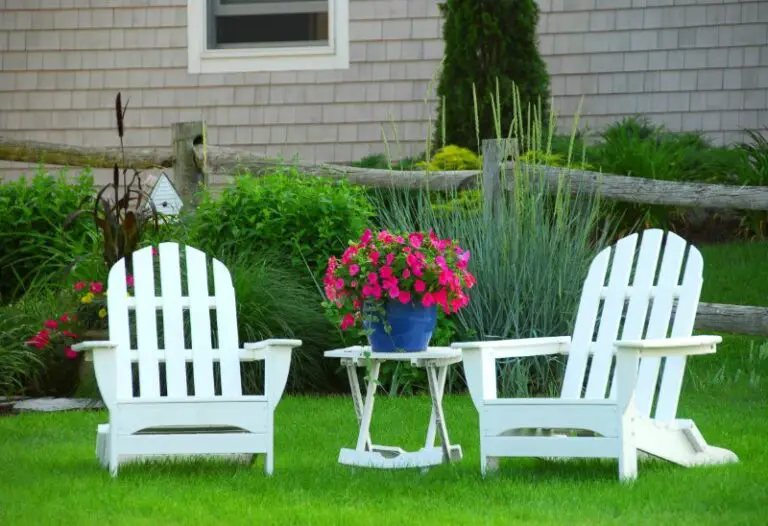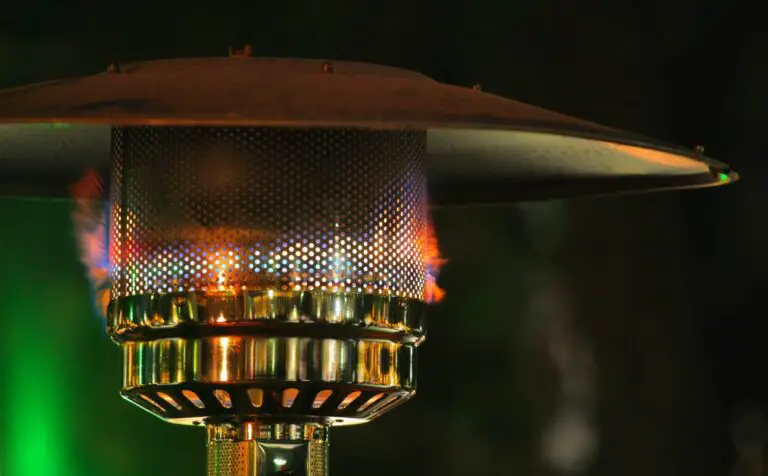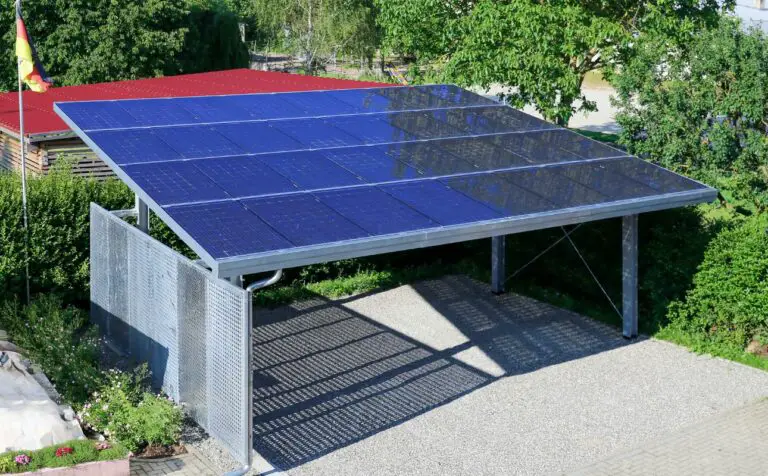Can your Adirondack chairs withstand the harsh winter months? It’s a common question for those who enjoy spending time outdoors.
Whether you live in a snowy region or experience extreme weather conditions, the durability of your chairs is crucial. Adirondack chairs are known for their versatility and comfort, but can they truly stay outside year-round?
In this article, we will explore the factors that affect the longevity of Adirondack chairs, including the materials used, different climates, and the importance of maintenance. By understanding these factors, you can make an informed decision on whether your chairs can brave the elements and remain outside all year.

Factors that affect the durability of Adirondack chairs
When it comes to the durability of Adirondack chairs, there are several important factors to consider.
The materials used in the construction of the chairs play a significant role in determining their ability to withstand outdoor conditions.
Additionally, the climate in which the chairs are placed can impact their durability, as extreme heat, cold, or moisture can cause damage over time.
Lastly, regular maintenance and care, such as cleaning and applying protective coatings, can help prolong the lifespan of Adirondack chairs and ensure they stay in good condition year-round.
Materials
To ensure the durability of your Adirondack chair, it’s important to consider the type of material you choose. Here are some factors to consider when selecting the material for your outdoor chair:
- Wood: Wood offers a natural and comfortable feel to your Adirondack chair. However, it’s prone to rot, mold, and insects, which can affect its longevity. Regular maintenance, such as sealing and staining, can help mitigate these issues.
- Plastic: Plastic is a popular choice for outdoor furniture due to its affordability and lightweight nature. However, it can fade, crack, or warp over time, especially when exposed to extreme weather conditions.
- Metal: Metal chairs are known for their sturdiness and stylish appearance. However, they can rust, corrode, or dent, particularly if not properly treated or coated.
Before making a decision, it’s important to weigh the pros and cons of each material, considering factors such as durability, maintenance requirements, and cost.
Climates
In order to maintain the durability of your Adirondack chair, it’s essential to consider the impact of different climates on its condition. Temperature variations play a significant role in the longevity of your chair. Extreme heat can cause fading, cracking, or warping, while freezing temperatures can lead to freezing, cracking, or even breaking.
Rainfall patterns also affect the chair’s durability, as excessive moisture can cause mold, mildew, or rot. Humidity levels are another factor to consider, as high humidity can contribute to the growth of mold and mildew. Additionally, extreme weather events such as storms or hurricanes can cause significant damage to the chair.
Maintenance
To ensure the durability of your Adirondack chairs, it’s crucial that you consistently clean, cover, and store them properly. Here are some maintenance tips to help you take care of your chairs:
- Adirondack chair cleaning: Regularly remove dirt, stains, and debris from your chairs. Use a mild soap and water solution, along with a soft brush or cloth, to gently scrub the surface. Avoid using harsh chemicals or abrasive materials that may damage the wood or finish.
- Waterproof covers: Protect your chairs from rain, snow, and sun by using waterproof covers. These covers will help prevent water damage, fading from UV rays, and the formation of mold or mildew. Make sure the covers fit properly and are securely fastened to keep your chairs safe.
- Winter storage: During the winter or extreme weather conditions, it’s best to fold and store your Adirondack chairs in a dry, sheltered place. This will protect them from moisture, freezing temperatures, and potential damage caused by snow or ice.
Tips for Choosing the Best Adirondack chairs Material for Your Climate
Choose the most suitable material for your climate to ensure that your Adirondack chairs can withstand the elements year-round. When it comes to durability factors and weather resistance, material selection is key.
Consider your climate and the specific weather conditions your chairs will be exposed to. For sunny areas, opt for UV-resistant materials like plastic or composite, or apply a UV-protective finish to wood or metal chairs.
In regions with frequent rain or snow, choose water-resistant materials such as plastic, metal, or composite, or apply a water-repellent finish to wood chairs.
If you live in a windy area, go for sturdy and heavy materials like wood, metal, or composite, and consider securing your chairs with anchors or weights.
In humid climates, look for rot-resistant and mold-resistant materials like plastic, metal, or composite, or treat your wood chairs with a fungicide.
Examples of the best materials for different climates include plastic or composite for hot and dry regions, metal or composite for hot and humid areas, wood or metal for cold and dry climates, and plastic or composite for cold and wet environments.
How to Care for Your Adirondack Chairs Throughout the Year
To properly maintain your Adirondack chairs throughout the year, you should regularly clean them with mild soap and water or a specialized cleaner for your material. Here are some tips to help you care for your chairs and keep them in great condition:
- Cleaning techniques: Wipe down your chairs with a soft cloth or sponge and a mild cleaning solution. Avoid using harsh chemicals or abrasive materials that can damage the finish. Rinse thoroughly and allow them to air dry before using or storing.
- Repairing damaged chairs: Inspect your chairs regularly for any signs of damage, such as cracks, splinters, or loose screws. Repair any issues promptly to prevent further damage. Sand down rough spots and reapply a protective finish to maintain their appearance and durability.
- Winter storage options: During the colder months, consider storing your Adirondack chairs in a shed, garage, or covered area to protect them from harsh weather conditions. If you don’t have indoor storage space, cover your chairs with a waterproof tarp to keep them dry and prevent moisture damage.
Frequently Asked Questions
Can I Leave My Adirondack Chairs Outside All Year Round?
You can leave your Adirondack chairs outside all year round. However, it’s important to consider ideal weather conditions, regular maintenance steps, and common mistakes to avoid. Storing them off-season and taking additional measures can also help prolong their lifespan.
What Are the Ideal Weather Conditions for Leaving Adirondack Chairs Outside?
To keep your Adirondack chairs in good condition, it’s important to consider the ideal weather conditions. Protect them from the elements by storing them during the off season and practicing regular outdoor furniture maintenance.
Are There Any Specific Maintenance Steps Required for Adirondack Chairs in Extreme Climates?
To properly maintain Adirondack chairs in extreme climates, make sure to clean them regularly, apply a protective sealant, use weatherproof covers, inspect for damage, and store them indoors during extreme weather.
What Are Some Common Mistakes People Make When Storing Their Adirondack Chairs During the Off-Season?
Common mistakes when storing your Adirondack chairs during the off-season include not protecting them from harsh weather conditions. It’s important to properly clean, cover, and store your chairs to ensure they last for years to come.
Are There Any Additional Measures I Can Take to Protect My Adirondack Chairs From the Elements?
To protect your Adirondack chairs from the elements, consider using protective covers and applying a weatherproof sealant. Don’t forget to store chair cushions indoors during the off-season and regularly clean the chairs to maintain their durability.
Sources
- (1) How to Put Away Your Adirondack Chairs for Winter – ECCB Outdoor
- (2) Can plastic chairs be left outside? – Remodel or Move
- (3) How to Weatherproof Adirondack Chairs? (In 7 Easy Steps)
- (4) Can Adirondack Chairs Stay Outside in Winter | FURNITURE’S HQ
